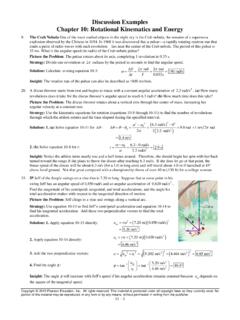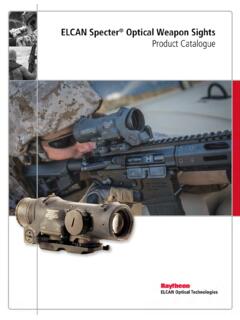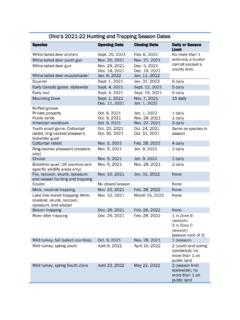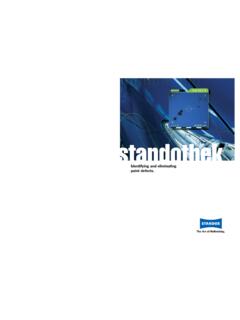Transcription of Homework Chapter 28: Magnetic Fields
1 Due Monday 10/29/18 at 11:00am Name _____ Copyright 2014 John Wiley & Sons, Inc. All rights reserved. This material is protected under all copyright laws as they currently exist. No portion of this material may be reproduced, in any form or by any means, without permission in writing from the publisher. 28 Homework Chapter 28: Magnetic Fields An electron that has an instantaneous velocity of ()()66 10 10 m/s= + vij is moving through the uniform Magnetic field()() T= Bij (a) Find the force on the electron due to the Magnetic field.
2 (b) Repeat your calculation for a proton having the same velocity. An electron moves through a uniform Magnetic field given by () +Bij. At a particular instant, the electron has velocity () m/s=+vij and the Magnetic force acting on it is()19 10 N. k Find Bx. should be 10 14 N Ch. 28 Magnetic Fields HRW10 End-of- Chapter problems Copyright 2014 John Wiley & Sons, Inc. All rights reserved. This material is protected under all copyright laws as they currently exist.
3 No portion of this material may be reproduced, in any form or by any means, without permission in writing from the publisher. 28 In Fig. 28-32, an electron accelerated from rest through potential difference V1 = kV enters the gap between two parallel plates having separation d = mm and potential difference V2 = 100 V. The lower plate is at the lower potential. Neglect fringing and assume that the electron s velocity vector is perpendicular to the electric field vector between the plates. In unit-vector notation, what uniform Magnetic field allows the electron to travel in a straight line in the gap?
4 What uniform Magnetic field, applied perpendicular to a beam of electrons moving at 106 m/s, is required to make the electrons travel in a circular arc of radius m? = E = 5000 V/m v = 107 m/s Ch. 28 Magnetic Fields HRW10 End-of- Chapter problems Copyright 2014 John Wiley & Sons, Inc. All rights reserved. This material is protected under all copyright laws as they currently exist. No portion of this material may be reproduced, in any form or by any means, without permission in writing from the publisher.
5 28 An electron follows a helical path in a uniform Magnetic field of magnitude T. The pitch of the path is m, and the magnitude of the Magnetic force on the electron is 10 15 N. What is the electron s speed? A horizontal power line carries a current of 5000 A from south to north. Earth s Magnetic field ( T) is directed toward the north and inclined downward at to the horizontal. Find the (a) magnitude and (b) direction of the Magnetic force on 100 m of the line due to Earth s field.
6 Ch. 28 Magnetic Fields HRW10 End-of- Chapter problems Copyright 2014 John Wiley & Sons, Inc. All rights reserved. This material is protected under all copyright laws as they currently exist. No portion of this material may be reproduced, in any form or by any means, without permission in writing from the publisher. 28 Figure 28-45 shows a rectangular 20-turn coil of wire, of dimensions 10 cm by cm. It carries a current of A and is hinged along one long side.
7 It is mounted in the xy plane, at angle = 30 to the direction of a uniform Magnetic field of magnitude T. In unit-vector notation, what is the torque acting on the coil about the hinge line? The Magnetic dipole moment of Earth has magnitude 1022 J/T. Assume that this is produced by charges flowing in Earth s molten outer core. If the radius of their circular path is 3500 km, calculate the current they produce. SKIP THIS QUESTION Ch. 29 Magnetic Fields Due to Currents HRW10 End-of- Chapter problems Copyright 2014 John Wiley & Sons, Inc.
8 All rights reserved. This material is protected under all copyright laws as they currently exist. No portion of this material may be reproduced, in any form or by any means, without permission in writing from the publisher. 29 Homework Chapter 29: Magnetic Fields Due to Currents In Fig. 29-57, four long straight wires are perpendicular to the page, and their cross sections form a square of edge length a = cm. Each wire carries A, and the currents are out of the page in wires 1 and 4 and into the page in wires 2 and 3.
9 In unit-vector notation, what is the net Magnetic force per meter of wire length on wire 4? Ch. 29 Magnetic Fields Due to Currents HRW10 End-of- Chapter problems Copyright 2014 John Wiley & Sons, Inc. All rights reserved. This material is protected under all copyright laws as they currently exist. No portion of this material may be reproduced, in any form or by any means, without permission in writing from the publisher.
10 29 Figure 29-89 is an idealized schematic drawing of a rail gun. Projectile P sits between two wide rails of circular cross section; a source of current sends current through the rails and through the (conducting) projectile (a fuse is not used). (a) Let w be the distance between the rails, R the radius of each rail , and i the current. Show that the force on the projectile is directed to the right along the rails and is given approximately by 20ln2iwRFR += (b) If the projectile starts from the left end of the rails at rest, find the speed v at which it is expelled at the right.













